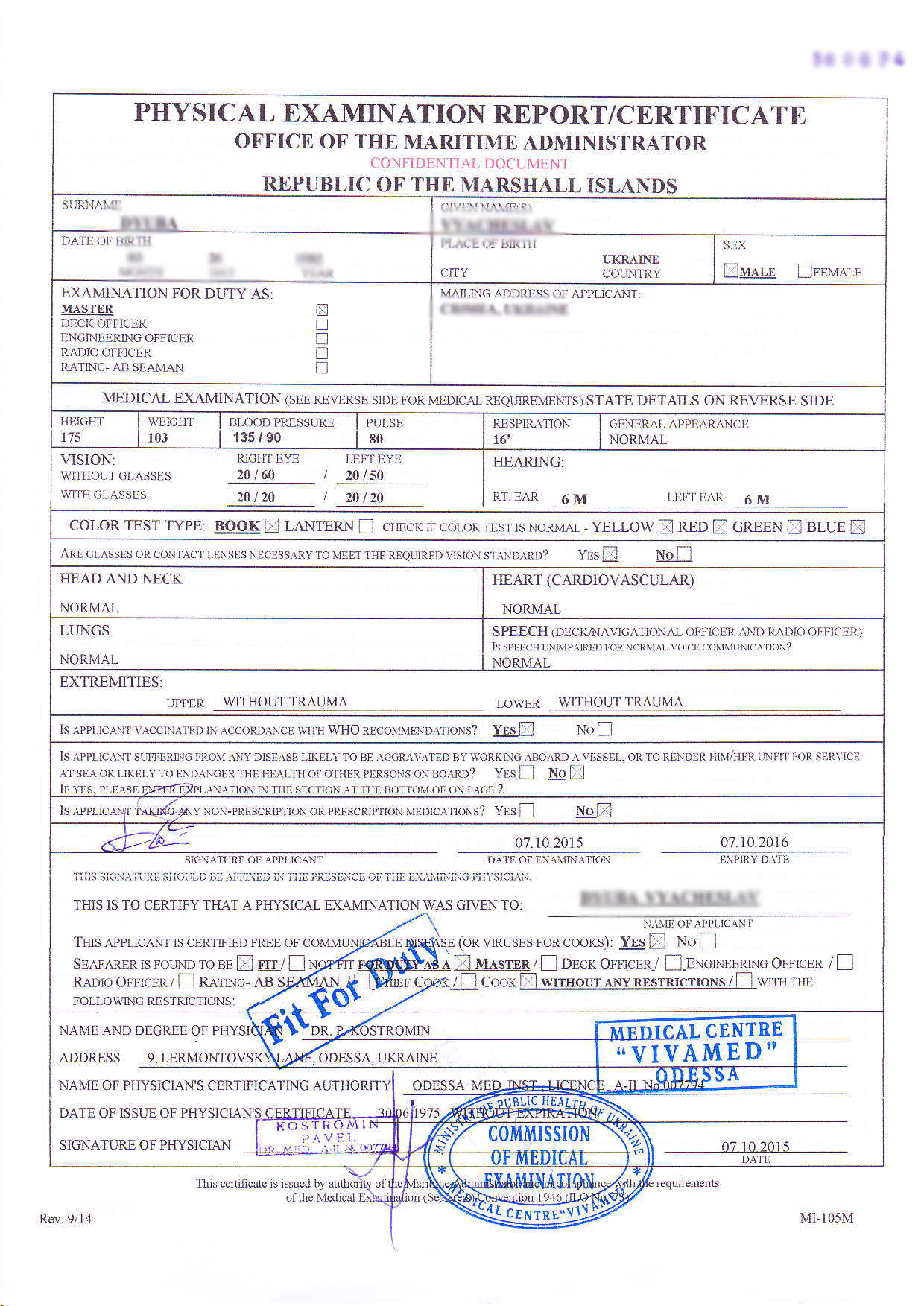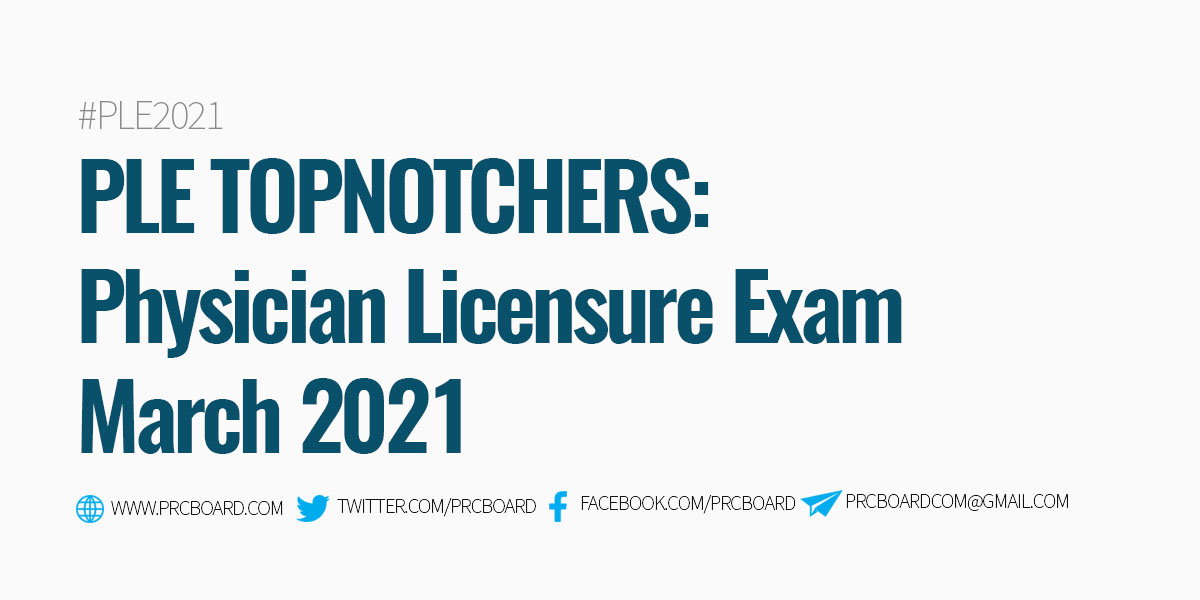
A large part of the increase was attributed in empirically-based research articles to performance improvement factors such as using a question bank to prepare for the test.

USMLE mean and median scores have increased significantly in the past decades-so much so that the testing board had to increase the score it takes to pass. The exam announced a move to a pass/fail model on February 12, 2020, along with other changes due to an attempt by the Federation of State Medical Boards (FSMB) and the National Board of Medical Examiners (NBME) to balance focus between exams and actual coursework. The one-day exam tests them on basic science principles, including behavioral science, microbiology, physiology, and anatomy. The USMLE Step 1 is typically taken during a student's second year of medical school. The Step 3 can only be taken in the United States. The USMLE Step 1 and Step 2 CK exams can be taken at Prometric test centers worldwide. osteopathic medical school examineesįurther information: Comparison of MD and DO in the United States Test sites and preparation Pass rates by Exam Overall pass rates for the individual Step exams that comprise the USMLE Examinees are tested on the following subjects:Ĭentral nervous system, eye/ear/nose/mouth/throat, respiratory system, circulatory system, digestive system, behavioral/emotional disorders, musculoskeletal system, skin/subcutaneous tissue, endocrine/nutrition/metabolic disorders, kidneys/urinary tract, reproductive system, pregnancy/childbirth, neonate/childhood illnesses, blood and blood-forming organs, infectious/parasitic diseases, injuries/wound/toxic effects/burns, and health maintenance issues. Graduates of US medical schools typically take this exam at the end of the first year of residency. USMLE Step 3 is the final exam in the USMLE sequence and assesses whether medical school students or graduates can apply medical knowledge and understanding of biomedical and clinical science essential for the unsupervised practice of medicine, with emphasis on patient management in ambulatory settings. The USMLE program is composed of three examinations: On May 26, 2020, in response to the COVID-19 pandemic, the USMLE "suspended Step 2 CS test administrations for the next 12-18 months." On January 26, 2021, the USMLE announced that the work to relaunch a modified form USMLE Step 2 CS had been discontinued citing rapidly evolving medical education and changes in other standardized exams, like computer-based simulations in Step 3, that would supplement medical students' education in place of Step 2 CS. degree take to achieve medical licensure in the United States. In 2005, a clinical-skills component was also added to the examination program of the Comprehensive Osteopathic Medical Licensing Examination of the National Board of Osteopathic Medical Examiners, which physicians with the D.O. In 2004, a clinical-skills examination was added to Step 2 of the USMLE ( USMLE Step 2 Clinical Skills, and beginning with the medical school graduating class of 2005, students have been required to pass it in order to be licensed. The program replaced the NBME Part Examination program and the FSMB's Federation Licensing Examination (FLEX) program, which were the widely accepted medical licensing examination programs at the time in the medical profession. The USMLE was first designed in the late 1980s and introduced during the period 1992 to 1994. However, as of 2021, physicians with a D.O.

The program intends to provide state medical boards in the United States with a common examination for all licensure applicants. At least two committees critically appraise each test item or case, revising or discarding any materials that are in doubt. Examination committees composed of medical educators and clinicians from across the United States and its territories create the examination materials each year.

The USMLE assesses a physician's ability to apply knowledge, concepts, and principles, and to determine fundamental patient-centered skills that are important in health and disease and that constitute the basis of safe and effective patient care.



 0 kommentar(er)
0 kommentar(er)
